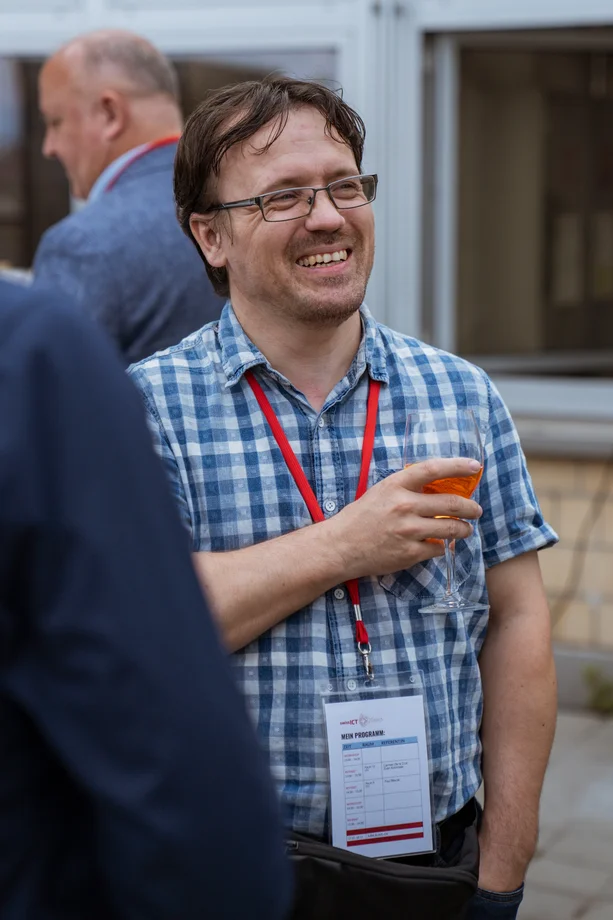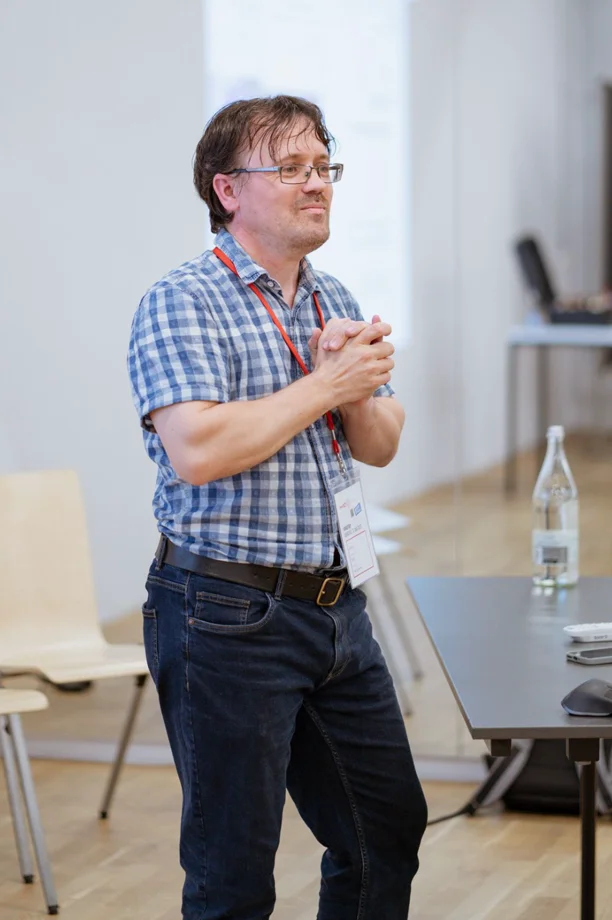Inclusive project culture means that all participants in a project are respected, included and supported regardless of their origin, gender, age, disability, religion, sexual orientation or other characteristics. The aim is to create an environment in which diversity is valued and discrimination is actively avoided. The aim is for every person to be able to contribute their perspective and feel that they belong and are valued.

Being inclusive means change
Change begins where people meet. Inclusion means taking one step at a time together; diversity sets the individual pace, but everyone is moving in the same direction. This for the benefit of all.
What makes an inclusive project culture?
An inclusive project culture is demonstrated, for example, by
- Open communication: everyone is allowed to express themselves without fear of devaluation.
- Diverse teams: different perspectives are actively included.
- Accessibility: Information and spaces are accessible to all.
- Sensitization for prejudices (bias): Project leaders and team members reflect on their behavior.
- Equal participation: Decisions are not made "from the top down", but as participatively as possible.
- Fair structures: e.g. clear rules against discrimination, inclusive language (e.g. avoid technical jargon), feedback mechanisms.
- Promote diversity, not conformity.
That sounds complicated and like extra work. The diversity has been proven to be an innovation booster for economically more successful, lower-risk projects.
How do I structure an inclusive project?
1. Project preparation & planning
- Conduct an inclusive stakeholder analysis that includes decision-makers as well as marginalized groups and uses user-centered personas to make different needs visible.
- Plan inclusive participation formats: Design workshops, surveys, etc. in such a way that as many people as possible can take part.
- Define diversity and inclusion goals in the project brief.
2. Team composition
- Pay attention to diversity in the team (if possible): Gender, age, cultural backgrounds, etc.
- Promote bias awareness among participants, identify specific and individual biases.
- Create a welcoming culture through transparent communication and respectful interaction
- Healthy culture of debate to work on tensions.
- Offer training on diversity, inclusion and unconscious bias, conditional on everyone knowing their own bias.
3. Communication
- Use inclusive language (e.g. gender-appropriate, understandable and simply formulated, precise and simple language).
- Provide accessible and multimodal materials (e.g. PDFs in screen reader-friendly format).
- Conduct meetings in such a way that everyone can participate: e.g. clear speaking times, moderation if necessary, clear and pre-defined agenda as well as a time frame before decisions.
4. Work processes, working environment
- Enable flexible forms of work (e.g. home office, retreats, consideration for care work).
- Part-time, flexible working hours.
- For example, consider lighting and noise levels in the workplace.
- Infrastructure, individual mouse, monitor, etc.
- Ensure transparency and participation in decision-making processes.
- Establish feedback channels, including anonymous ones, to recognize power asymmetries.
5. Evaluation
- Regularly measure the degree of inclusion (e.g. through surveys, reflection rounds).
- Check project goals for equal opportunities and participation.
- Use the feedback for continuous improvement.
Examples of inclusive measures in projects
- Provide interpreters for sign language in workshops.
- Offer barrier-free access.
- Pay attention to language differences in international teams (clear, simple language).
- Consciously include people from disadvantaged groups in projects.
Conclusion
An inclusive project is not just "nice", but more effective and sustainable: it utilizes diverse perspectives, increases team satisfaction and reduces conflicts. Inclusion must be consciously planned and continuously practiced - it is not a one-off to-do, but an attitude.

Is that enough to make my project accessible?
For an optimal result, inclusion must be systemically anchored in the project culture. For private projects, we help to find an optimal barrier-free solution with an economic perspective of maximizing value creation:
Diverse teams are more innovative, more economically successful and their projects are less likely to fail. And often the various marginalized groups are valuable growth markets. For example, the affluent senior citizens with increasing disabilities.
We are happy to advise on the development of requirements or offer workshops on the topic.
Get in touch with us now Contact now.

